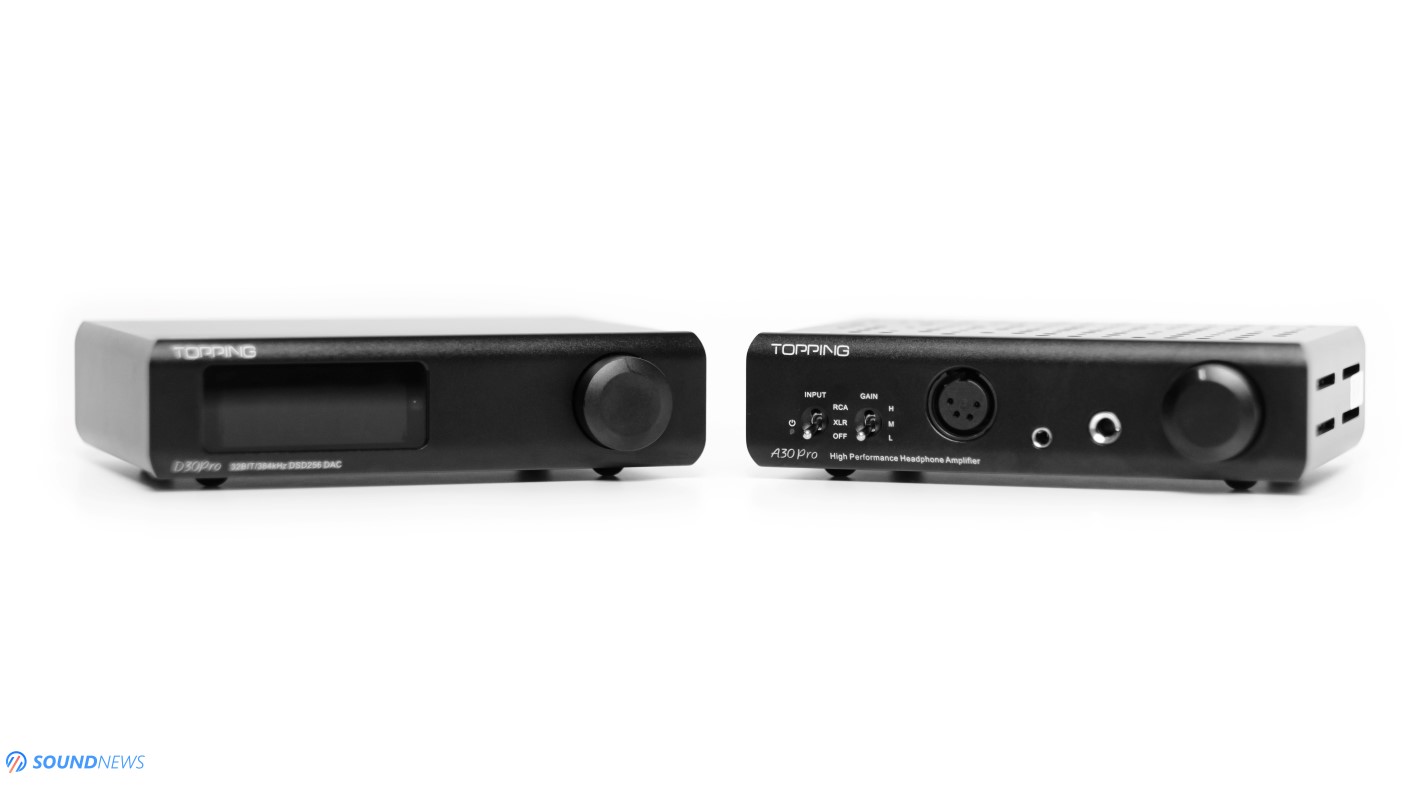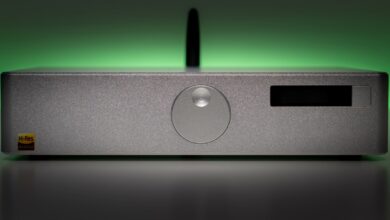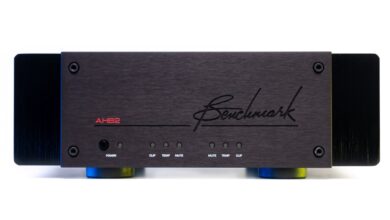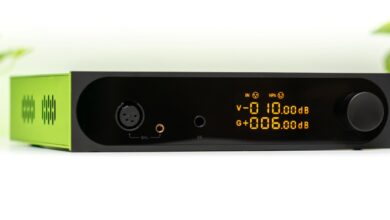Topping A30 PRO Review – Always Outnumbered, Never Outgunned

My Video Review:
It’s that time of the year when Topping goes all-in, making sure it wouldn’t be outgunned anytime soon. After releasing three Nested Feedback Composite Amplifiers (NFCA for short) by now, you would think they would rest on Laurus Nobilis? Think twice, they are just getting warmed up as a fourth NFCA amplifier is entering the arena. Put yourself in their shoes, NFCA was shooting punches towards THX, challenging the best Achromatic Audio Amplifiers (AAA for short) ever made and after releasing such units as A90, it would be only a matter of time when that tech would make way in smaller and more affordable units. While L30 and A50S already filled part of that void, the newest D30 PRO DAC still needed a companion amplifier and that is the main reason A30 PRO is seeing the light at the end of the tunnel. There are still many of you with a E30 + L30 combo or with a D50S + A50S setup and if D90 MQA plus A90 is too rich for your blood, I believe I’ve found an excellent upgrade path that wouldn’t kill your wallet for good. D30 PRO already proved itself as an exemplary DAC, sounding natural, open and wide, it needed just a gentle push so it could spread its wigs and fly. I strongly believe that its matching A30 PRO headphone amplifier is that unit, nicely filling the cons with its strong pros. A30 PRO complements its soulmate by rising its chin up, reeking bad attitude and carrying lots of power under its belt, so it could power pretty much everything, all placed in a beautifully crafted ultra-compact body that could be carried to your office and back home. Today I’ll be turning my attention towards the A30 PRO, the newest NFCA amplifier of Topping that wants to be treated as a mini version of their A90 amplifier, it follows its shape and design cues and it goes for $350. Could Topping deliver the same immaculate performance at such an affordable price point? Let’s find that out together!
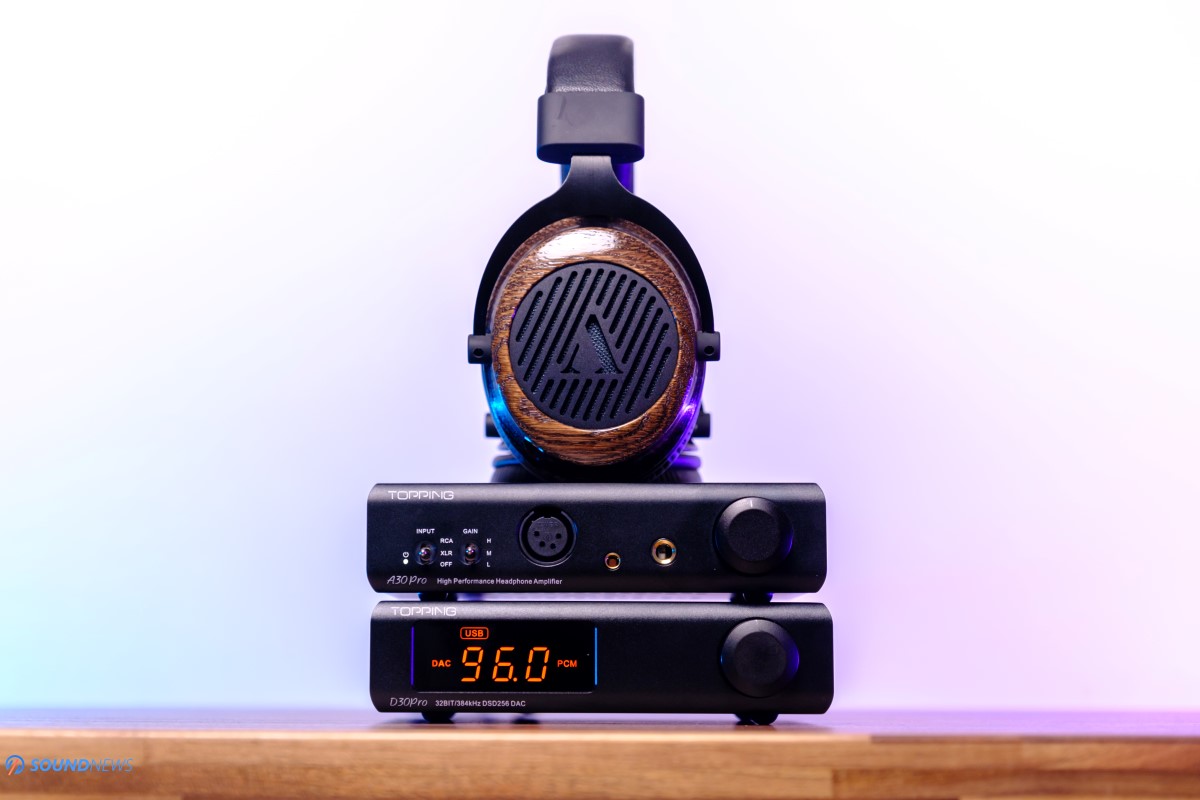
Unboxing Experience
The product box isn’t that thick or strong, but it came double-boxed, so you can be sure that it will arrive safe and sound to your front door. As usual, there is plenty of foam surrounding the unit for a better protection. I’ve always appreciated seeing actual measurements in the user-manual, performed by one of the nicest Audio Analyzers out there. From frequency response, to total-harmonic-distortion and then to FFT Spectrum, everything can be found in the manual. Apart from the unit itself, you’ll find a power cable, a headphone adapter, a user manual, a warranty card that doubles as a product catalogue and that is all you’ll find in the package.
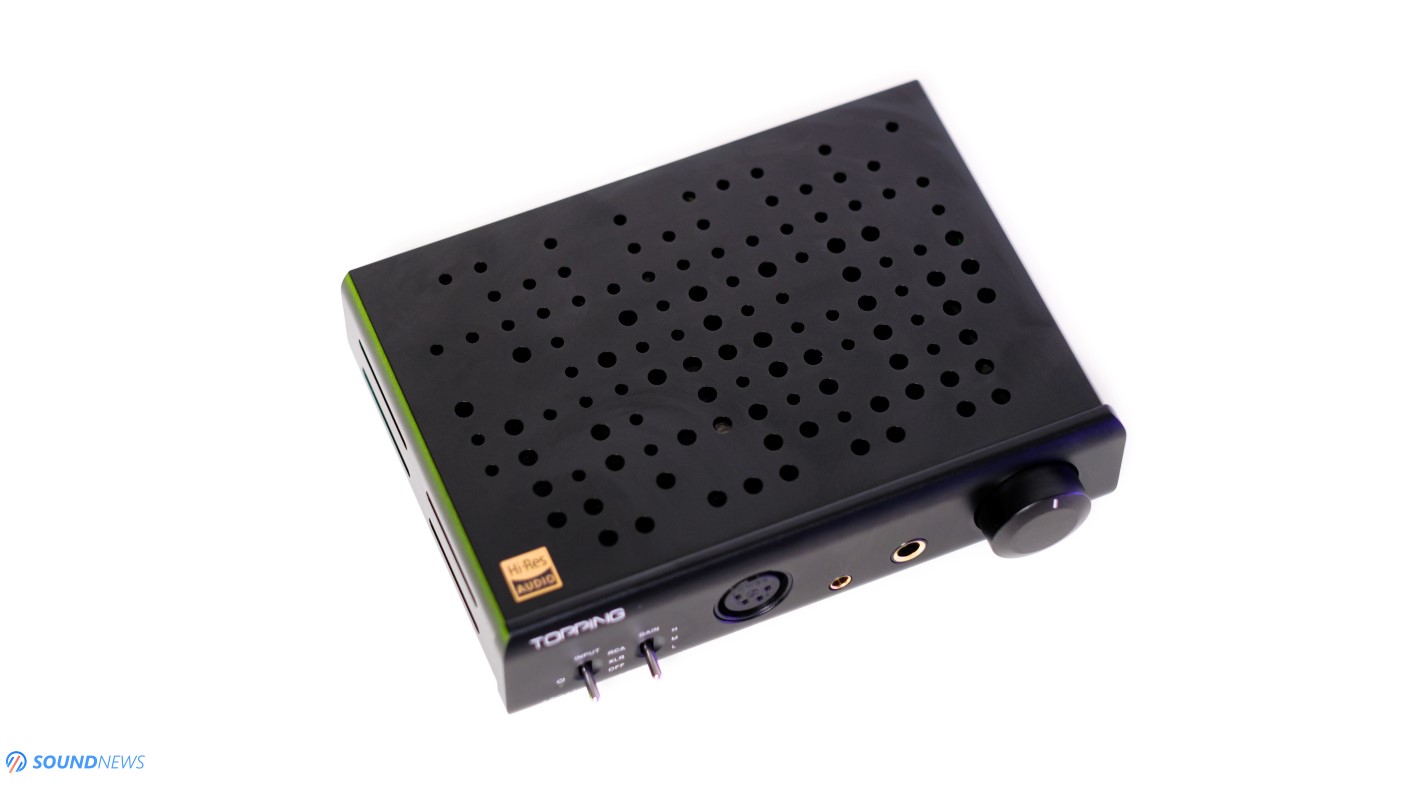
Design & Build Quality
Exactly how D30 PRO looks to the D90 is how A30 PRO looks to the A90. It indeed looks like a smaller version of it, with a lot of holes on top and under the unit, plus four wider openings can be spotted on its sides. A30 PRO uses 10 OPA1656 op-amps in parallel plus an ultra-high-gain-feedback design for an outstanding power delivery, something that I’ve never seen at this size and weight. The only drawback is the higher heat that needs to the dealt with, hence putting so many holes on all its sides. I’m sometimes putting a headphone stand on top of my headphone amplifiers, but that isn’t recommended with the A30 PRO for a better ventilation.
Apart from that, we are getting the same CNC machining, a matte black / silver aluminum case, a very small footprint so you’ll have zero issues including it in a tight headphone setup or office desk. The case has rounded edges and corners that are pleasant to the touch. The sanded aluminum looks premium and really suits the A30 PRO and D30 PRO combo.
The switches have a firm click and aren’t wobbling at all, there is a while LED light to its left that isn’t annoying in the dark. The volume knob has a decent amount of resistance so you will not accidentally turn it all the way up. As usual, the rubber feet are placed in small cut-outs on the case itself, so you can be sure they wouldn’t move an inch. There aren’t visible screws on its face plate, giving an impression of a classy look. As with the 90 line, it uses an unibody case with a front and back-plate attached to it, so it feels nicely put together.
With a net weight of 0.87 kg or almost 2 pounds, I find it lightweight and small enough. All in all, it looks modern and cool and it has the same dimensions with its soul mate D30 PRO.
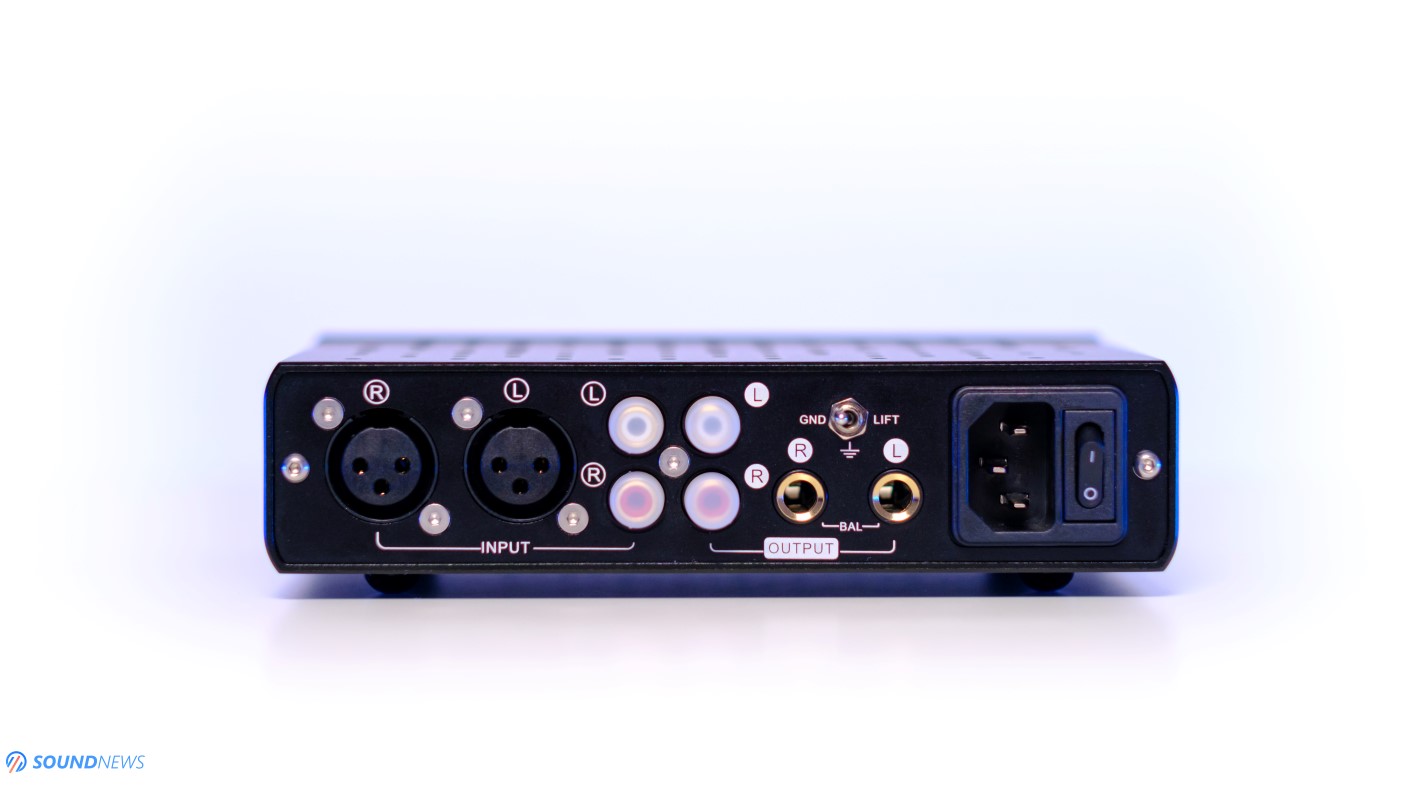
Controls & I/O
It has a simple front panel with 2 switches located on its left. The first one lets you choose its RCA / XLR input or it goes to stand-by mode and the next one changes the gain from low (-14 dB), to medium (0 dB) to high (+14 dB). A30 PRO is impressive when it when it comes to headphone outputs, you are getting a regular headphone jack and two balanced outputs coming in 4-pin XLR and 4.4 mm Pentaconn flavors. The volume wheel on the right seems to be using an analog volume potentiometer (I’m betting on ALPS Blue Velvet).
It has single ended RCA and balanced XLR inputs on its back, plus a pair of RCA and a 6.35 mm mono jacks used as pass-through (loop out). Please don’t confuse them with preamp outputs, as A30 PRO cannot works as a preamp. For the first time in Topping’s portfolio, I’m seeing a GROUND and LIFT switch. If you’re not having ground loop issues, leave it at GROUND, otherwise switch it to LIFT to change the ground point from its chassis to the digital or analog source that is being connected to it, so you can deal with ground loops and hum.
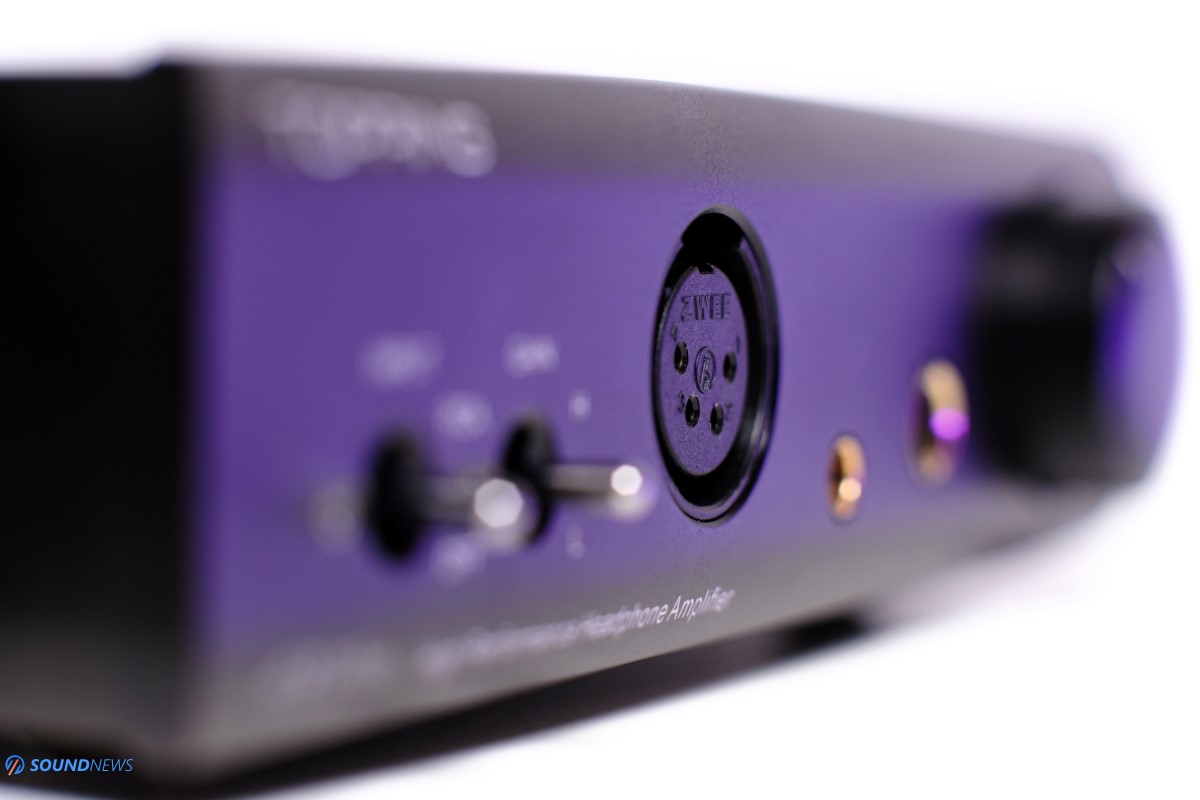
Tech Inside A30 PRO
A30 PRO is based on their popular NFCA (Nested Feedback Composite Amplifier) circuitry that is being used in their A90, L30 and A50S headphone amplifiers for a while now. Topping redefined the Nested Feedback topology by employing an Ultra High Gain Feedback and a Voltage Current Hybrid architecture. In simple words, the biggest drawbacks of the composite amplifiers of the past (low-gain, low power output, increased resistance) were dealt with and those are no-longer apply to the Topping analog designs. Instead of four TPA6120A2 chips in a fully balanced configuration (one chip per channel) found in the A90, they used ten OPA1656 op-amps in parallel for an outstanding single ended performance. They achieved 6 Watts of power in 16 Ohms on all its headphone outputs, meaning that A30 PRO isn’t exactly a true balanced amplifier from input to output.
Considering its diminutive size, its lightweight body and its low power consumption, 6 Watts per channel is a lot of power, it shouldn’t have issues with anything at my disposal, with the exception of one stubborn headphone. I personally don’t know a headphone amp of the same size that can output as much power. It is considerably more powerful to their L30 and A50S and it is approaching dangerously close to their A90 power wise.
Other than that, the channel crosstalk seems to be the same on all headphone outputs, strengthening the fact that it is a single ended amplifier with balanced input and outputs. Having a SNR of around 140 dB, I’m sure that A30 PRO will sound crystal clear and extremely detailed as its NFCA brothers did. Output impedance is negligible at just 0.1 Ω on SE and BAL, so you can be sure that it will preserve all the damping factor for an immaculate transient response and diaphragm control.
Test Equipment
I wanted to unleash its truest potential, so it was mandatory using it with several high-end D/A converters. I also wanted to check how it performs with its soulmate D30 PRO. My test equipment resumed at a Matrix Audio Element X, Gustard X26 PRO and Audiobyte HydraVox as TOTL DACs. As for headphones, I’ve tested it with super sensitive IEMs, with portable and desktop dynamic headphones and with several high-end planar magnetic headphones, so I could squeeze the best it can provide.
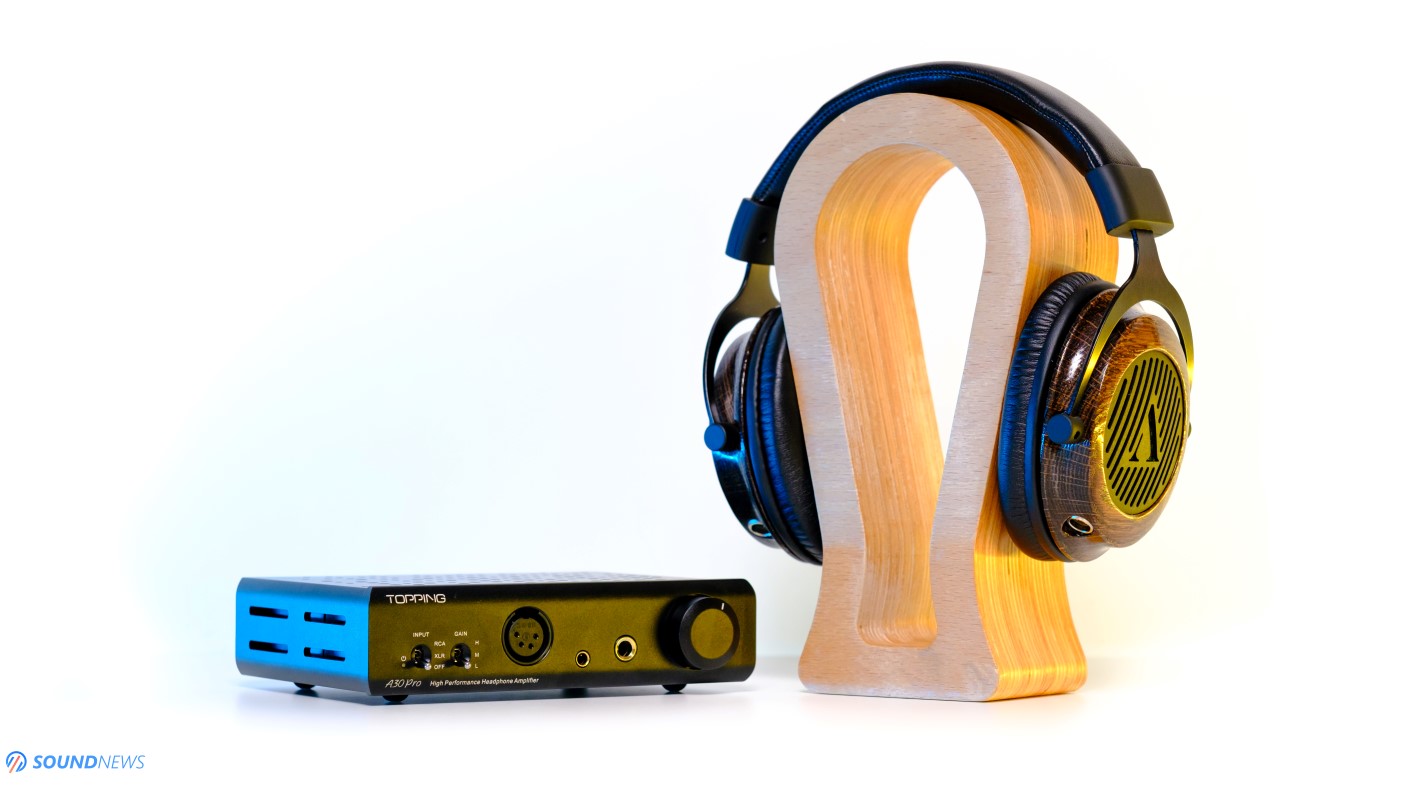
Sound Performance
I. Preliminary Sound Impressions
So how does the little brother to the mighty A90 is sounding? In a few words it is extremely detailed and honest sounding, it is also transparent, fast and punchy sounding. It was articulate and mean when bass notes came to play, it felt extended in the frequency response and absolutely noiseless in its performance when used with sensitive loads. It was colorless in its presentation, fully preserving the character of the source, being liquid and smooth with Audiobyte’s HydraVox, extremely precise with Matrix’s Element X and overpowerful with Gustard’s X26 PRO. It sounded quite airy and decently layered, still it wasn’t on the same level with A90 if balanced inputs and outputs were being used. If it feels that I’m describing the sound of A90, don’t be confused as A30 PRO does indeed sound like a miniature version of it, fully preserving its character, while sounding a bit closer to the listener.
I was very surprised by its power output, as even on mid-gain it was capable of fully driving headphones as Hifiman HE1000SE, Kennerton Wodan and Erzetich Phobos planar-magnetic headphones. It punched hard and it went fast, dynamics were going up and down like a rollercoaster, seriously boosting my engagement level. It was transparent and clean, while being fun and articulate with fast impactful tunes. Few years ago, I would be describing a $2000 amplifier, but I’m very glad high-end audio can now be had for as little as $350. It shown tiny details hidden in my tunes like it was nothing, it will easily rustle with any amplifier when it comes to cleanness, transparency and detail retrieval. Hifiman HE1000SE and Audeze LCD-4 were pulsating higher energy, raising my mood levels for the rest of the day. While I find the Singxer SA-1 a better amplifier when it comes to natural textures and treble rendition, I find the little A30 PRO a punchier amplifier that doesn’t have a problem sustaining longer bass notes, striving for a more engaging presentation. Preliminary impressions are good, but there is still a lot to cover.
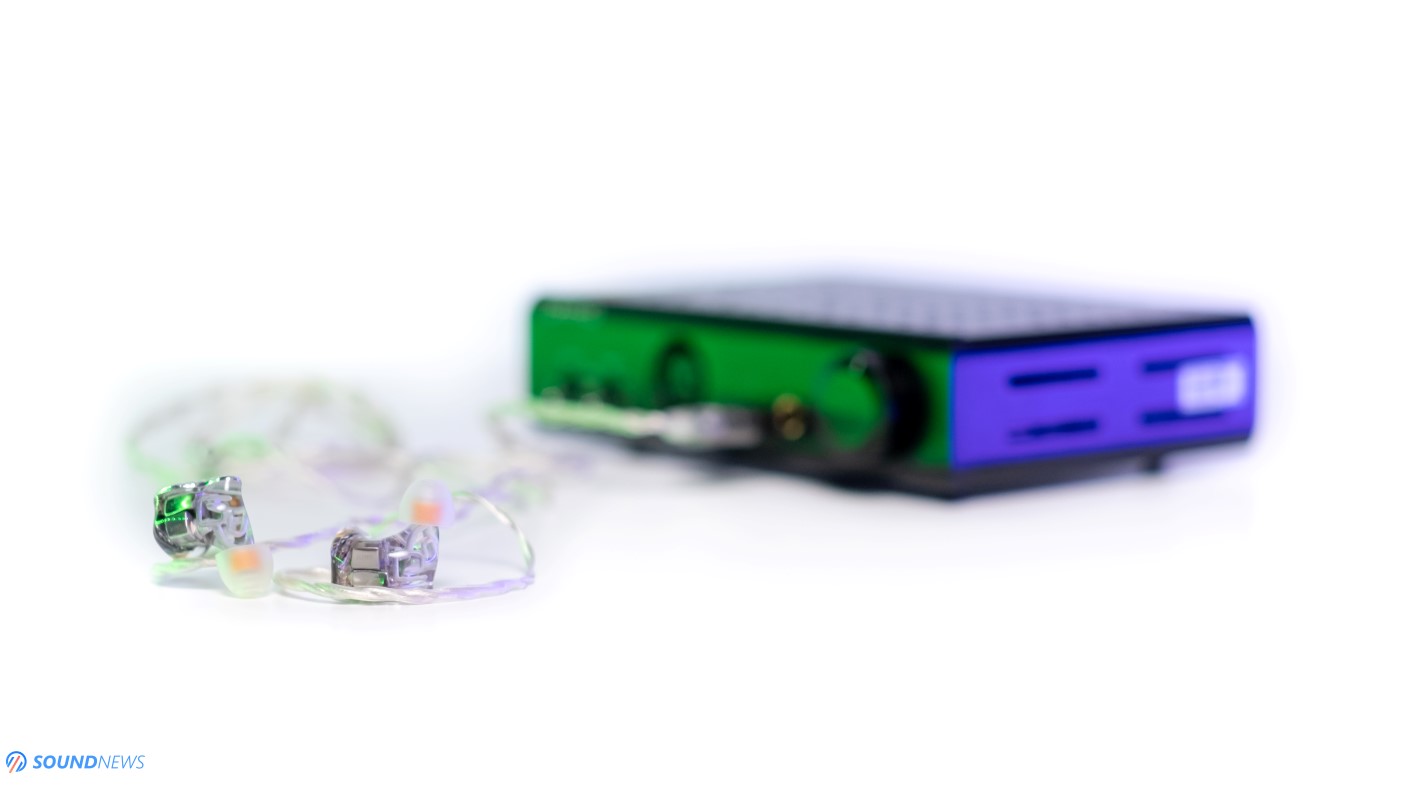
II. Noise Floor
When Topping created their own NFCA modules, they wanted the maximum amount of power, the highest signal-to-noise-ratio and of course the lowest levels of noise at reasonable prices. A30 PRO maybe uses different op-amps, but it still has the same working principle and some of the lowest noise floor of the industry. With a measured noise of 0.7 uV on its low and mid-gain, up to 1.1 uV on its high-gain, A30 PRO has indeed one of the lowest noise floors recorded on headphone amplifiers. This is world-class performance and I’m putting it in the same boat with Topping A90, Sparkos Labs Aries and Benchmark HPA4.
Nonetheless, I still wanted to hear it to believe it, so I’ve put those FiiO FA9 in their high-sensitivity mode (113 dB per 1mW), I’ve connected them to the 4.4mm balanced out and I’ve started searching for gremlins in my tracks. Pausing my music and going to maximum volume on low and mid-gain, there is nothing to be heard, I’ve experienced an absolute silence and, in this regard, it works considerably better than their A50S. There is no residual noise at any volume level, it offered a pitch-black background and a noiseless performance with all my IEMs. Only when I’ve switched to its high-gain mode, past 12 O’clock some noise made an appearance, but that is normal behavior considering the amount of power it outputs at that volume. Of course, nobody can listen to music at that volume, it would damage the IEMs and my ear-drums in a split second if I would press play. At normal listening levels you can easily use the highest sensitivity IEMs even on high gain if you please and you would never hear any disturbing hisses or noises, making it an extremely IEM friendly amplifier. Volume wise, the highest I could go was about 12 O’clock on low-gain, about 10 O’clock on the mid-gain and 9 o’clock on the high-gain. If you want to have a total control with your IEMs, use low gain for the best results. So far, so good, A30 PRO already proved itself as a clear upgrade to its smaller brothers like L30 and A50S.
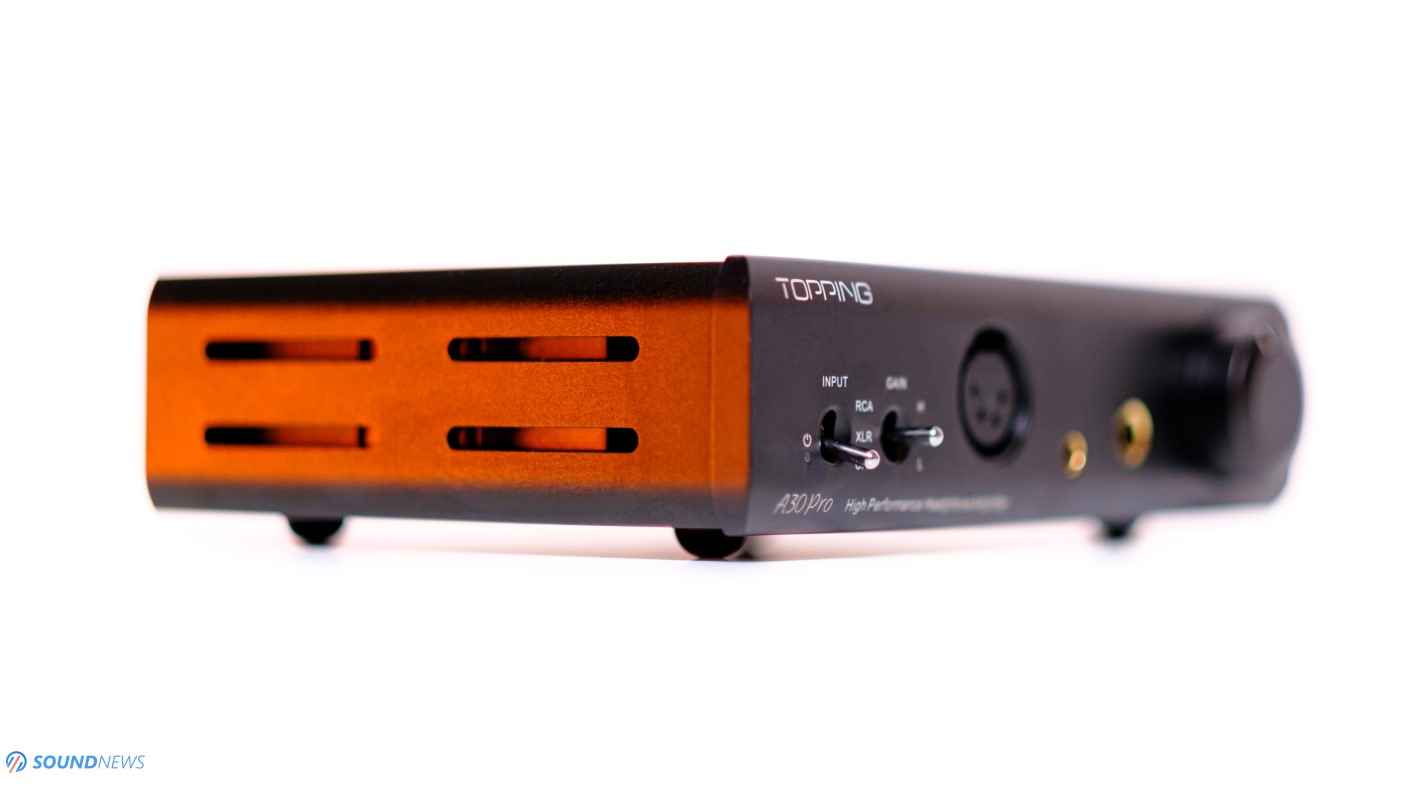
III. Resolution & Transparency
When Topping released their A90, it forever changed the headphone amplifier market, as suddenly high-levels of transparency and resolution could be obtained not only with THX Achromatic Audio Amplifiers but with other designs as well. You no longer needed to pay absurd amounts of cash for a perfectly clean and detailed sounding amplifier. Singxer did the same recently, proving that an all-discrete amplifier could sound exactly as clean and detailed and I hope that other manufacturers will take this matter very seriously. We want high-performance at affordable prices, no less! I’m extremely happy experiencing the same cleanness, the same immaculate detail retrieval, revealing huge amounts of information from my tunes. A30 PRO is really up there with the cleanest sounding units, easily on the same level with my own HPA4, with A90, Sparkos Labs Aries, SMSL SP400 and SH-9. At full power, A30 PRO offers a total harmonic distortion (THD) of 0.00007%, it sits on the same level with their A90, removing it completely out of the picture when music starts to play. I wasn’t that shocked hearing high levels of micro-details, because A90 and to a smaller degree their L30 and A50S, performed pretty much the same. A30 PRO is an invisible headphone amplifier, it takes a few steps sideways and lets the music flow directly into your ears, without intervening too much or adding some kind of flavor. A30 PRO is as achromatic, as linear and as extended in the frequency response as solid-state amplifiers could ever be. That makes it an absolute steal if you love your music uncolored and untouched.
Its honesty and its transparent nature fully preserves the voicing of your digital or analog front end. When it was connected to the HydraVox, suddenly music started flowing like a river bringing natural textures, highlighting inner-details and less so sharp overtones. When Matrix Element X came to play, music became extra crispy, but clean and defined and when Gustard X26 PRO appeared on my desk, the sensation of power overwhelmed my body, it punched and slammed the hardest out of them all. Its honesty can work as a double-edged sword too, for example it made wonders with warm sounding headphones like LCD-4 or Wodan, but it could be a little too much with headphones like Hifiman HE1000SE or Susvara. I like some warmth added into the mix with such headphones and A30 PRO isn’t about being warm, bright, or smooth.
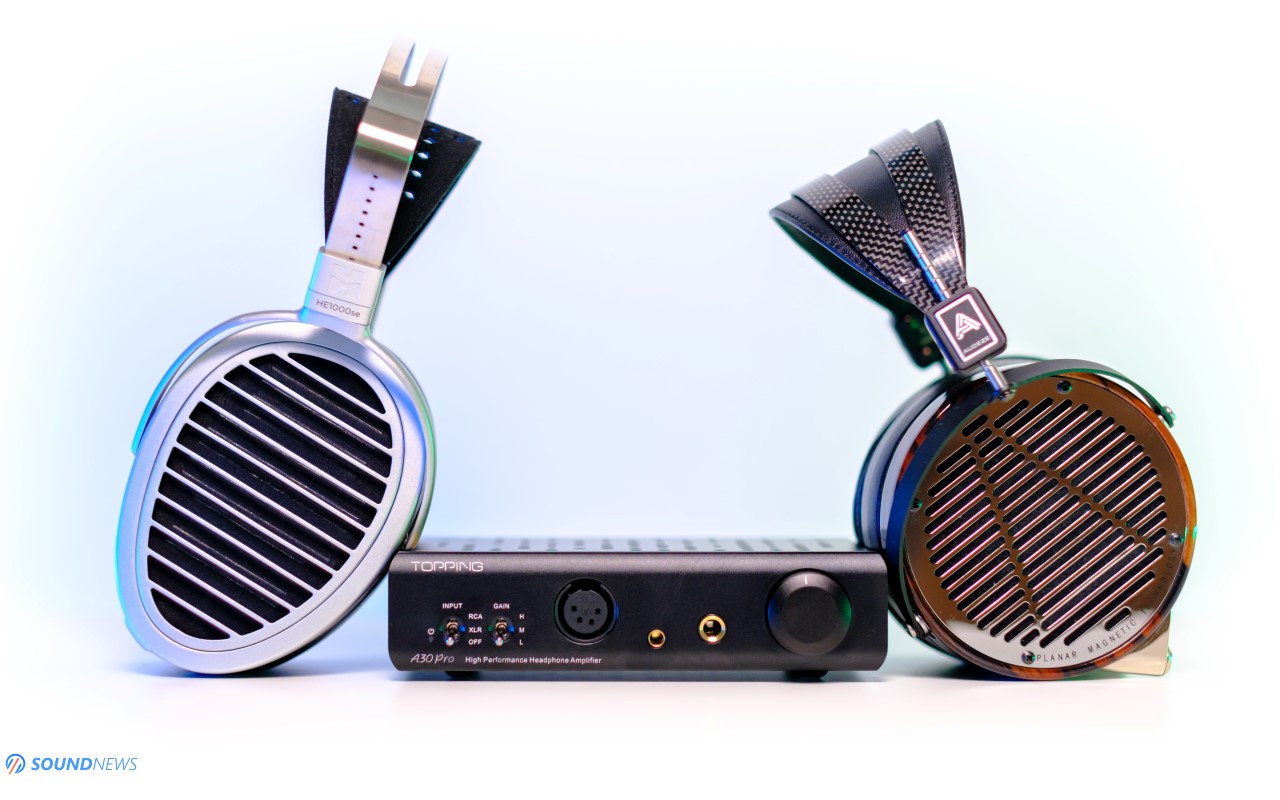
IV. Power Output
Topping blessed this unit with clean power, having a maximum noise-floor of 1.1uV you could use all sorts of portable over-ear and multi-driver IEMs with great results. Mid-gain wasn’t even needed, leaving a huge headroom on tap as I couldn’t go louder than 12 O’clock position with such easy tasks. As you can imagine, it had an immaculate control over those drivers, a nice transient response, delivering everything in a crystal clean manner. Since there is no difference power wise between all headphone jacks, having the same channel crosstalk on all outputs, all headphones that I’ve tried performed the same either on SE or on BAL outputs.
When I’ve moved to desktop cans, all dynamic headphones as Erzetich and Kennerton offerings didn’t even need mid-gain to be fully driven. With low-gain I had a better control and a higher volume range to play with. There was zero difference between headphone jacks, but when I’ve moved to its mid-gain, there was a higher degree of energy, it sounded snappier with some particular tunes. I’ve experienced an immaculate control of the drivers, an instant start and stop of their diaphragms, be them low of high impedance, dynamic headphones performed well as A30 PRO was fully driving them all.
Moving to big-league planar-mafia headphones, I wasn’t surprised hearing Audeze LCD-4, Hifiman HE1000SE, Kennerton Wodan, Erzetich Phobos and Quad ERA-1 fully driven. Mid-gain was enough with such headphones, only sometimes I’ve moved to high-gain with lower-sensitivity cans as LCD-4. 50% of power on mid-gain was enough to make them uncomfortable loud, fully driving them all. Dynamics were to die for, headroom that was left of tap felt bottomless, bass notes here hitting my skull as hammers, but it nicely controlled all that down to the lowest octaves. I’m so glad living in times like these, when a $350 amplifier could drive even high-end headphones without breaking a sweat. A30 PRO sounded impressive with all of them, providing enough current and voltage gain, unleashing a higher engagement factor even compared to pricier amplifiers like Singxer SA-1. A single stubborn headphone refused to be engaging and toe-tapping and that was Hifiman Susvara. While the volume level was almost enough on high-gain, sound was breaking up, control of the drivers wasn’t impressive at all, they sounded lose and all over the place. Sub-bass was missing in action and from a visceral and highly engaging headphone, Susvara became boring and slow. This shouldn’t come as a surprise to anyone, as there are only a few units that could drive the mighty Susvara.
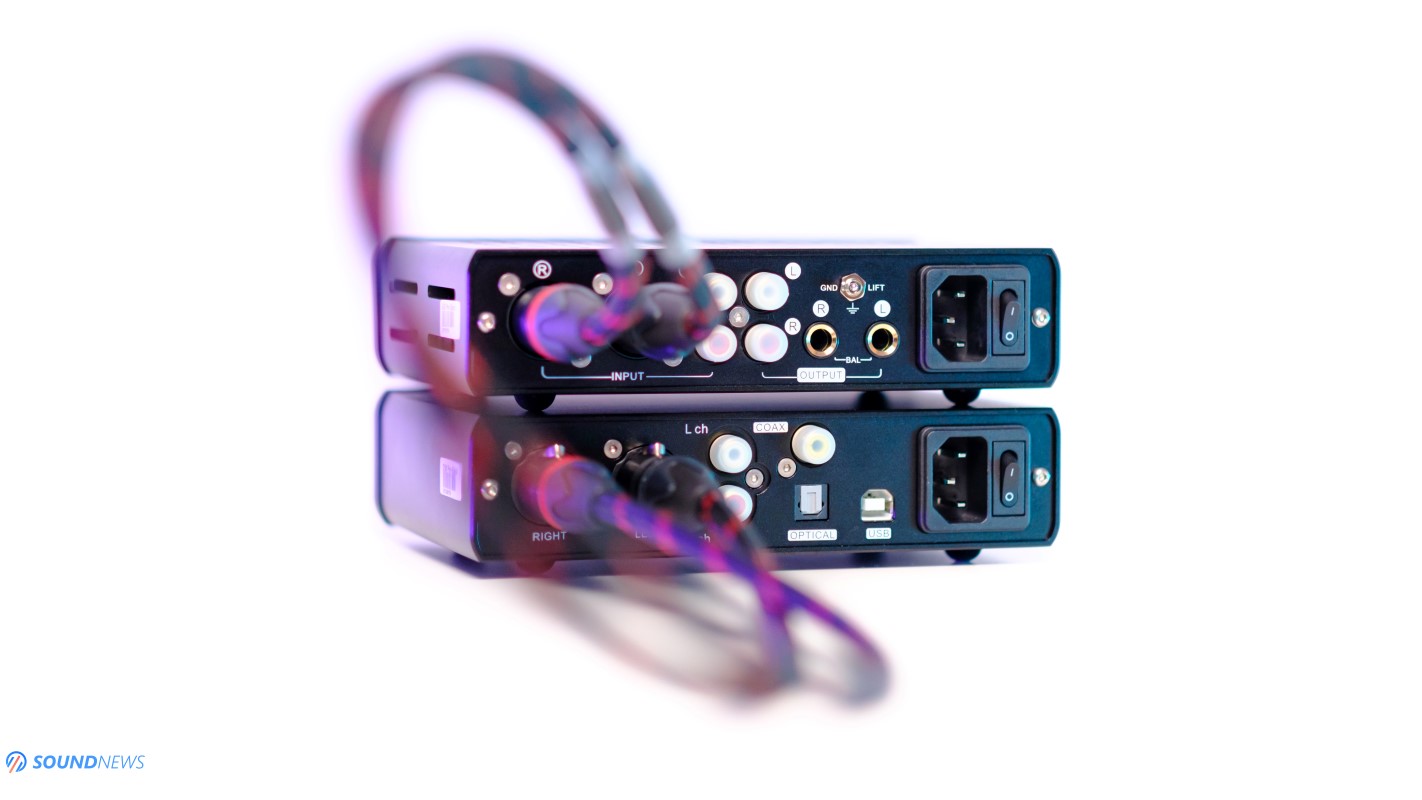
V. Transient Response
Even from the first notes, A30 PRO revealed its highly engaging, nimble and impactful nature. With a close to zero output impedance, it fully preserves the damping factor and with so much power and dynamic range under its belt, it presses that pedal to the floor, it wants to go fast, there isn’t anything stopping that speedy mustang. When you lower distortion to sub atomic levels and rise high its dynamic range, it would be natural experiencing a lightning-fast start and stop of the drivers, an exact timing and decay of the musical notes, that are coming right on time. The timing of an amplifier is extremely important, especially if you’re listening to a wide variety of music as I do. I don’t hold a lot of respect for amplifiers that are slowing down my headphones or loudspeakers, luckily A30 PRO isn’t like that, as it moves swiftly and lands precise hits on headphone drivers. It would be odd experiencing a less impactful presentation from a wire with gain and wide-bandwidth amplifier.
I’m glad it walks the same path paved by its bigger brother A90, moving a decent amount of air in the lowest octaves for a nicer slam and impact. It is a punchy amplifier in the bass and in this regard, it felt powerful and impressive. Only Hifiman Susvara refused to hit the dance floor, but anything else fully preserved the pace, rhythm and timing of the music. There are still harder slamming amplifiers out there, most transistor-based all-discrete amplifiers are sounding fearless and over-powerful, but at this price point I don’t believe there are many units that can pose a challenge to the tiny pocket rocket that is A30 PRO.
I personally find it slightly more engaging to several THX-AAA amplifiers of SMSL and Drop, that were good in here, but not exceptional. Ten op-amps put in parallel are surely providing a nice voltage and current swing and that can be felt immediately after adding the A30 PRO in the chain. When I was reviewing the Topping D30 PRO, I’ve tried it with multiple headphone amplifiers, but I’ve always felt that A30 PRO solves the softness and the gentle nature of D30 PRO that wants to sound big, airy and smooth, as opposed to fast or impactful. If you already invested in a D30 PRO, then A30 PRO looks like the best option you can get for your hard-earned bacon.

VI. Soundstage & Depth
A30 PRO delivered a decent amount of air in my music, it didn’t artificially enhance the soundstage as it might happen with tube-based amplifiers. It sounded quite airy and had a precise pin-point location of all the notes in a crowded track. Live music sounded wide open, big and expansive, especially with open-back headphones it pushed all that music outside my head, so I can better see it playing in front of me. On the other hand, jazz, rock and some modern electronica felt intimate and a bit closer sounding to me.
This is the only part that isn’t as impressive as it was on Topping A90. Its younger sibling has a good, to almost great soundstage and this seems to be the biggest complaint I have with this unit. It is neither big or closed-in sounding, somewhere in between, offering an above average stage size on all axes. It will not push huge quantities of air around and this is where it could be outperformed by true balanced amplifiers that offer a lower-channel crosstalk, improving the scale and widening the distance between the most right and the most left sound. It doesn’t have a big power supply, it still consumes only 9 Watts at full power, it doesn’t have a huge capacitance and all those together are making it less impressive in this department. Entry to mid-level THX-AAA amplifiers sounded pretty much the same, so I don’t see it as a huge con. Other than that, its see-through presentation and its cleanness helped in creating a precise 3D map of all the sounds around the listener, it carefully placed all the notes in the scenery, creating a sensation of air and three-dimensional space.
On the plus side, its soulmate D30 PRO has four DAC chips inside, providing an excellent channel separation and that works as a soundstage boost for the A30 PRO, nicely improving its layering and note positioning. D30 PRO will be unlocking a nicer soundstage, will be adding more air into the mix, working as Ying to the A30 PRO’s Yang.
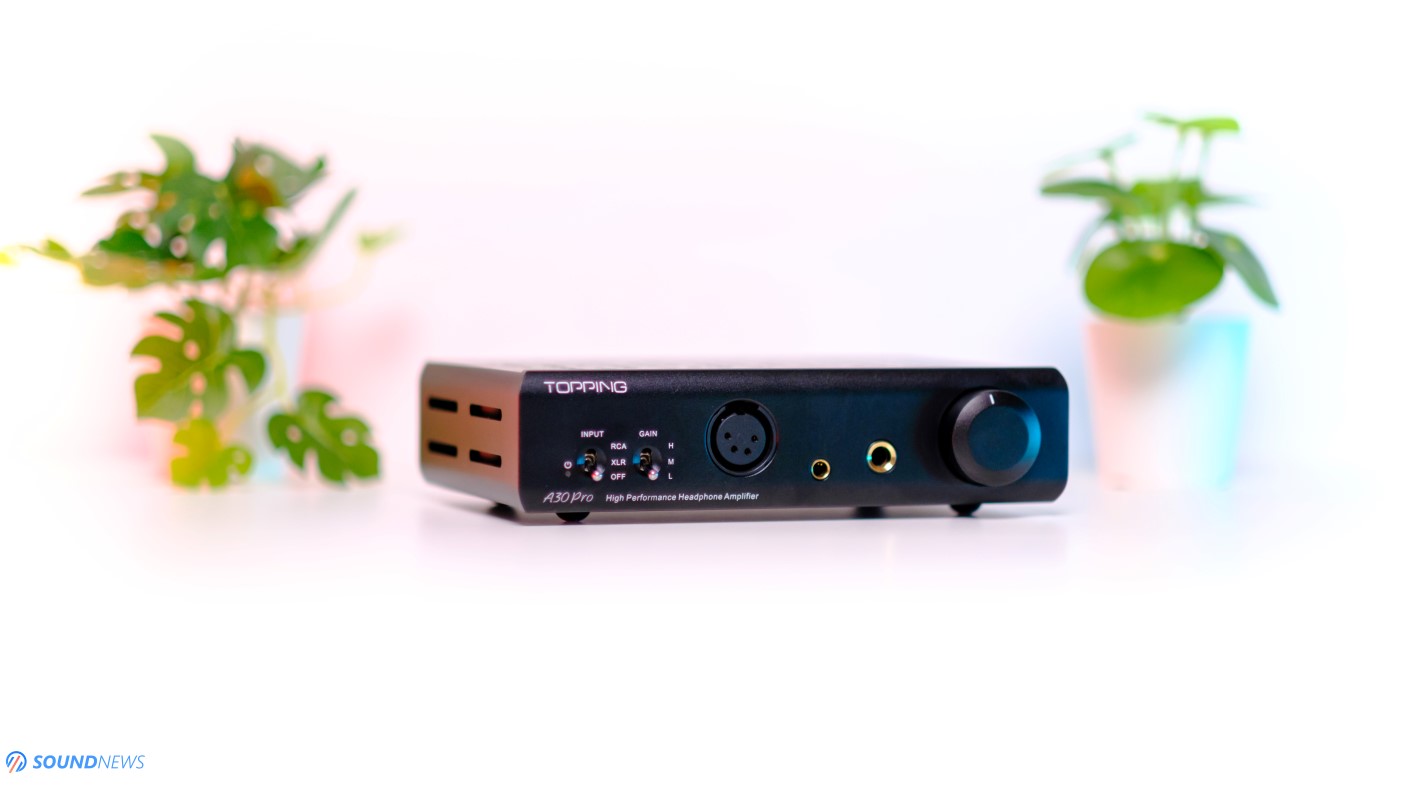
VII. Frequency Response
This is an easy chapter, as A30 PRO offered a linear and extended frequency response, it was neutral with all my headphones, leaving their character unchanged. It went rock-bottom when it comes to sub-bass and high in the sky when it comes to upper-treble, without hurting its midrange finesse.
A. Bass
Sub-bass went low, easily delivering lowest notes in a tight, impactful and fast manner. It was snappy and highly engaging, delivering decent amounts of air down low. Sadly, due to a less impressive scale, few layers of bass cascaded on top of each other, creating an illusion that there is less air traveling around. It is still linear in here, so expect bass notes only when those are called for, this is not a bass heavy amplifier, far from it. My electronic music collection sounded impressive with LCD-4 and HE1000SE, thanks to its ride-fast ‘n die-young personality, it was pressing down the gas pedal, pumping good vibes and positive emotions all the time. Mid-bass wasn’t over-emphasized, it doesn’t have rises or drops in here, just a perfectly neutral mid-bass rendition, that is engaging and present when called for. With something like Audeze LCD-4 it felt agile and rumbling, decaying the bass notes in a natural way.
B. Midrange
While you won’t find a lot of warmth, smoothness, a higher saturation and lots of natural overtones with NFCA amplifiers, but they still sound by a narrow margin more natural to THX-AAA counterparts, so expect deeper and believable voices, that would carry some weight and have the right pitch. With few headphones, midrange might appear as too neutral to the point of being a little clinical, but that happened with a single headphone (HE1000SE) and only on drier and harsher records. There was grunt in male voices and refinement with female voices, string-based instruments had a longer vibration and I could almost feel their bodies. This is good midrange performance that is linear, without becoming boring or emotionless.
C. Treble
Treble is highly detailed, very textured, sometimes highlighted, but it wasn’t harsh or bright with my digital sources. It went sky high, it fully preserved the top octave, I’ve felt driver movements past 16 kHz, especially with Hifiman headphones. It was going for a clean, undistorted performance, with a defined leading edge and outlined contours. If you like your trebles clean and extremely detailed, then this amplifier is definitely for you. A30 PRO rendered bells, cymbals and tambourines in a clean manner, I felt their metallic shimmering, there were playful and impactful but never bright in long listening sessions. I’m reminding you that it is extended in here, so it might pose a problem with bright sounding DACs or headphones, for a perfect match you’ll need a warmer and a calmer digital or analog source (D30 PRO will fit like a glove).
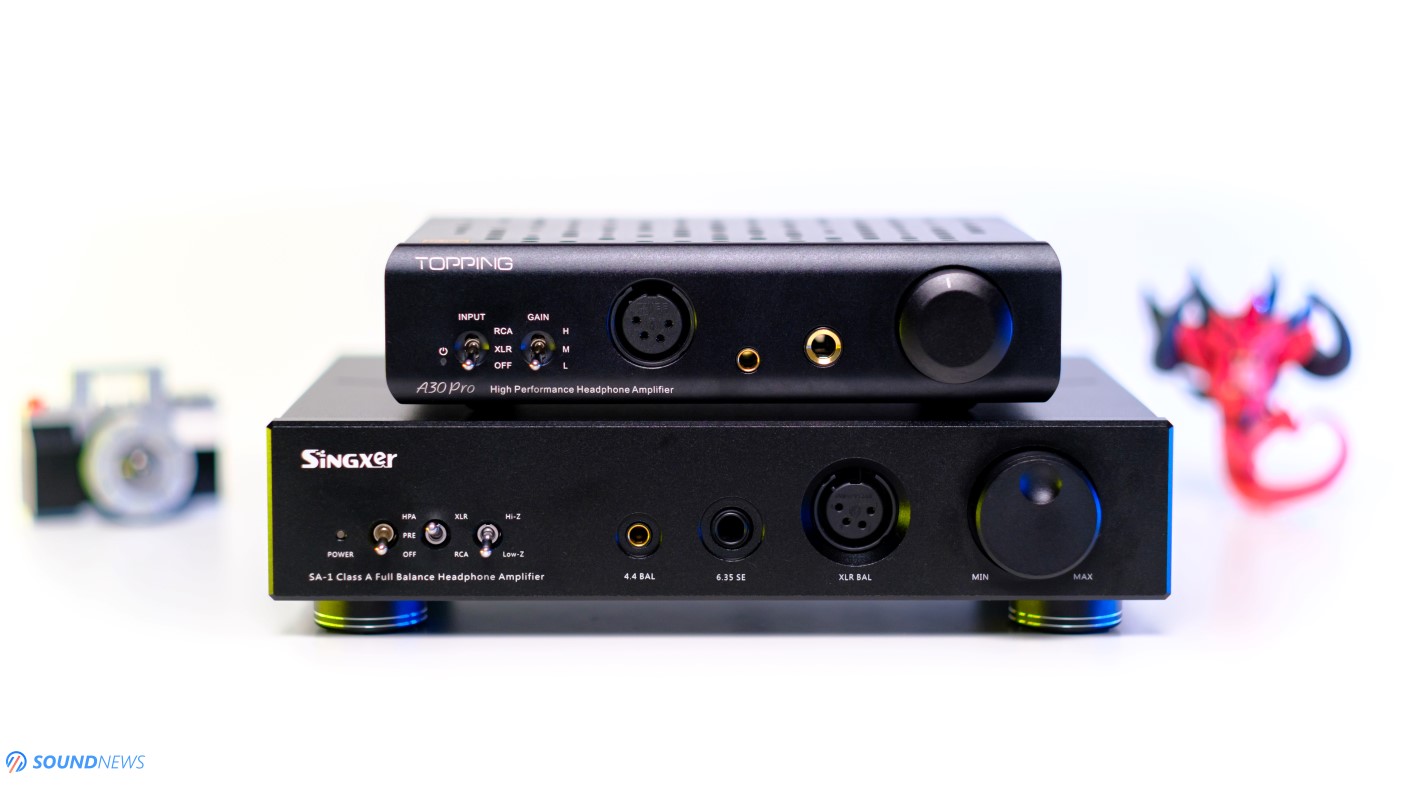
Conclusion
Here we are, turning the last page of the Topping A30 PRO story. To me, this unit sits at the crossroad of what it means high-performance audio with little to no compromises. I can still nitpick about its limited depth and stage size, about a less than perfect channel crosstalk, about its single-ended design and this where all my complaints would see a full stop. It has a very small footprint, it is lightweight, it is as long and slightly wider to a modern smartphone, but it fully drove a wall-of-headphones without blinking. It was dead silent with IEMs and its clean and transparent nature makes it a perfect match with a wide variety of headphones. If you want to add a bit more air, expanding the stage in all direction, solving most of its issues, then its complementary D30 PRO DAC seems like your best option, transforming your listening-station into a high-performance setup that wouldn’t limit your headphones in any way. Topping implemented a very clever gain design, making it an outstanding solution for low or high sensitivity headphones. Considering the price point that Topping went with this unit, A30 PRO receives my stamp of approval as being one of the most honest sounding amplifiers at a very attractive price point!
You are getting lots of power, a noiseless performance and an extended frequency response that could rival the cleanest sounding amplifiers out there. It won a Bronze Award for its technicalities and for its affordable price tag. Congratulations to the team and I’m looking forward to their next doings!

Topping A30 PRO was kindly provided by fine gents of Apos Audio, it can be purchased from their web-store by following this link and its complementary D30 PRO DAC can be purchased by following this link. (Apos is offering free shipping in the USA and Canada, free 45-day returns in case you don’t like it, an extra year of warranty and they will price match the lowest one you can find online).
If you get one, please come back and leave a comment, I’m very curious to know how it performs in your headphone setup!
PROS:
- Solid build quality, simple and straightforward design
- Small footprint & lightweight
- Linear and extended frequency response
- Achromatic sound signature
- Noiseless even on high-gain, a very IEM friendly amplifier
- Ultra-detailed and transparent sounding
- Precise imagining and decently layered
- Excellent dynamics, fully preserving the pace, rhythm and timing
- Fast and punchy sounding
- Very powerful little fellow
- An amazing value
CONS:
- Not a true-balanced design
- Channel separation could be better
- Limited soundstage and depth
ASSOCIATED EQUIPMENT:
- DACs: Audiobyte HydraVox & HydraZap, Matrix Audio Element X, Gold Note DS-10 Plus & PSU-10 EVO, Gustard X26 PRO, Gustard X16, Topping D30 PRO
- DAPs: Shanling M8, M3X, FiiO M15
- Headphone Amps: Topping A30 PRO, Singxer SA-1, Benchmark HPA4, SparkoS Labs Aries, Flux Lab Acoustics FA-10, Burson Soloist 3X, Musician Andromeda, SMSL SP400, Topping A90, Gustard H16
- Power Amps: KECES S300, SMSL DA-9
- IEMs: FiiO FA9, FH7, FH5S, FD5, Meze Rai Penta, Rai Solo, LittleDot Cu KIS, Hiby Crystal 6 & others
- Portable headphones: Sennheiser Momentum 2, Meze 99 Classics
- Full-sized headphones: Hifiman Susvara, Hifiman HE1000SE, HE400SE, Audeze LCD-4, Erzetich Phobos, Erzetich Mania, Kennerton Wodan, Magni, Gjallarhorn, Vali, M12S, Quad ERA-1, Ollo S4X Reference & others
- Loudspeakers: KEF Reference 3, Natural Sound NS-17
- Interconnects: QED Reference (x2), Topping TCX1 (x2)
- Speaker cables: Kimber PR8, Audioquest Type4
- Power Cables: Isotek EVO3 Premier (x3)
- Balanced Isolation Power Conditioners: PLiXiR Elite BAC400
